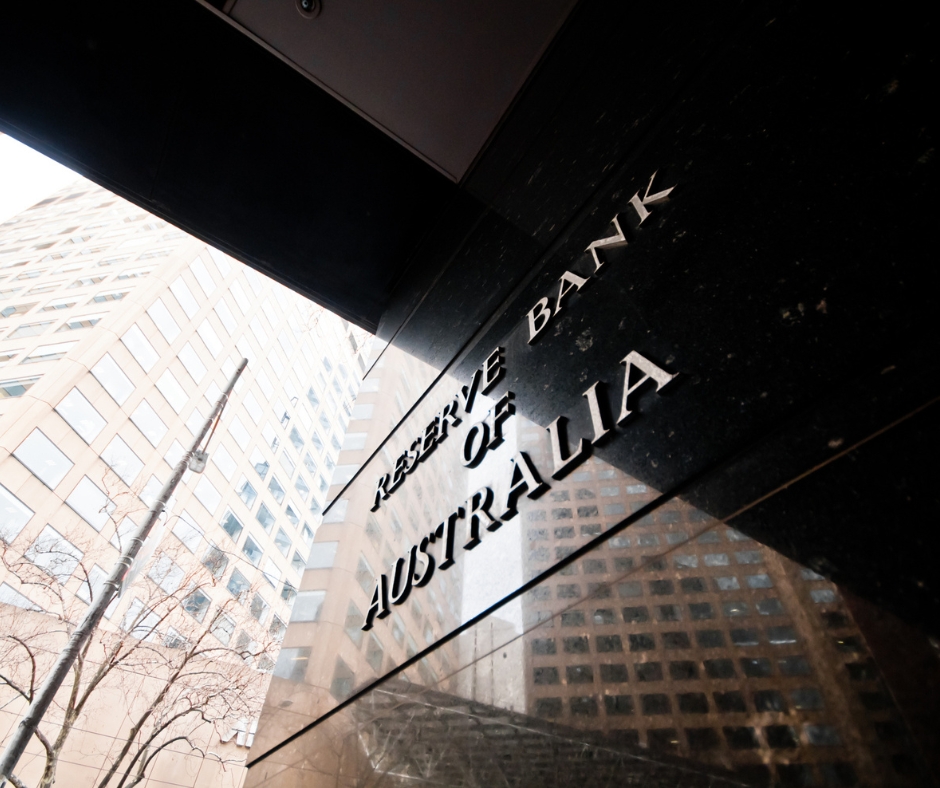With the minutes of the RBA December meeting revealing the Board considered a larger hike and a hold, businesses may wonder what’s ahead for interest rates in 2023
. Since the first of this current cycle of interest rate rises in May 2022, the RBA Board has constantly included a remark that further interest rate rise would be expected. But when delving further than the media release statement and into the more detailed minutes of the meeting, greater insights into the Board’s decision-making process is revealed.
But sometimes more information is not always helpful. The December board meeting minutes detail the arguments that were discussed for returning to the earlier larger rate hikes of 0.5%, of continuing the run of 0.25% increases and holding the cash rate steady at the 2.85%. The possibility of a stop to rate rises would be good news while another large increase could put plans for acquiring assets with finance into limbo.
One economics reporter described the discussion of the three options, all with arguments for each one, as showing that the RBA sees conflicting indications in the economy. To provide greater explanation, we cover off on some of the key discussion points from the RBA Board’s recent meeting.
Minutes: RBA 6 December Board Meeting
The minutes are quite detailed and lengthy and we direct those interested to the full transcript which is on the
RBA website.
The meeting opened with the Board members discussing the high rate of inflation which was continuing across the globe. However, it was noted that as a result of a decline in oil prices, the easing in supply chains and slowing of economic growth, some countries appear to have experienced peak inflation.
The UK economy has started to contract while China continued to face a number of challenges especially in regard to its measures to contain the coronavirus. October inflation figures for Canada and the USA show the pace of inflation is easing.
The discussion points in regard to the Australian economy included:-
- Data predominantly aligned with assessments made in the RBA November Board meeting.
- High inflation along with the tight labour market had led to further increases in growth in wages.
- Labour issues continued to be a major challenge though early signs of some easing.
- October CPI data showed high inflation remained though with a slight fall in the annual rate which was slightly less than expectations.
- The monthly inflation data was still ‘new’ and as such interpreted with some caution – for example, electricity prices only measured on a quarterly not a monthly basis and this would be reflected in the December quarter inflation data.
- Some signs of easing in supply chains.
The discussions then began to make the monthly cash rate decision. As mentioned at the outset, the Board members discussed the reasons in favour of three options. Essentially, continue, halt or hike. The revelation that at least there was discussion of no increase may come as positive news for those planning new finance in coming months.
The reasons for each option were, in brief:-
- Return to 0.5% increase: inflation still too high and the supply and demand issues were persisting. But at current 2.85% the cash rate had not reached a high historically and if stronger action was needed ahead, demand would take some time to ease off.
- No rise: lag in rate increases showing up in the data. Even if further increases were implemented, inflation would still take years to fall to the 2-3% target. These was also value in continuing cautiously with the prevailing uncertainties. In addition, no halts in rate rises had been made by other central banks.
- Another 0.25% increase: consistency needed from the RBA to avoid confusion. Time would be needed for the effect of rates rises to be seen in the data and the supply and demand issues still needed to be addressed.
The reasons for a further 0.25% increase were considered by Board members are the strongest, compared with the other options and that was the decision delivered on 6 December. The Board said that several options would also be considered at their next meeting.
The return to the higher rate rises and pausing rate rises were not being ruled out as options were also mentioned by the Governor of the Reserve Bank, Dr Philip Lowe in follow-up remarks. The Board does not meet again until the first Tuesday in February.
Considerations for Business Finance
While the Board seems to see conflicting signals in the economy, the discussions in the meeting may lead to some confusion for business operators. While a continuation of the 0.25% rises was seen by the Board as avoiding confusion, the fact that the other options were discussed, could lead to some confusion.
For operators that are in a position to proceed with asset purchases with finance, we can assist with prompt service for cheaper rates on
asset finance. In addition to staying ahead of any February rate rise, the additional reason for businesses to make timely asset acquisitions is the deadline for
temporary full expensing.
This generous tax measure which covers eligible assets such as vehicles, trucks and equipment, expires on 30 June 2023. With supply issues continuing, it may be wise to place orders to ensure delivery meets that deadline.
Chattel Mortgage should be considered as the appropriate form of finance to realise benefits from temporary full expensing.
Contact Business Finance on 1300 000 033 for prompt service on all forms of commercial loans and asset finance.
DISCLAIMER: THE SPECIFIC PURPOSE IN PROVIDING THIS ARTICLE IS FOR GENERAL INFORMATION ONLY. IT IS NOT INTENDED AS THE SOLE SOURCE OF FINANCIAL INFORMATION ON WHICH TO MAKE BUSINESS FINANCE DECISIONS. BUSINESS OWNERS WHO REQUIRE ADVICE OR GUIDANCE AROUND THEIR SPECIFIC FINANCIAL CIRCUMSTANCES ARE RECOMMENDED TO CONSULT WITH AN ADVISOR OR ACCOUNTANT. NO LIABILITY IS ACCEPTED IN REGARD TO ANY MISREPRESENTATIONS OR ANY ERRORS RE ANY DATA, SPECIFICS, POLICIES AND OTHER INFORMATION AS SOURCED FROM OTHERS.









